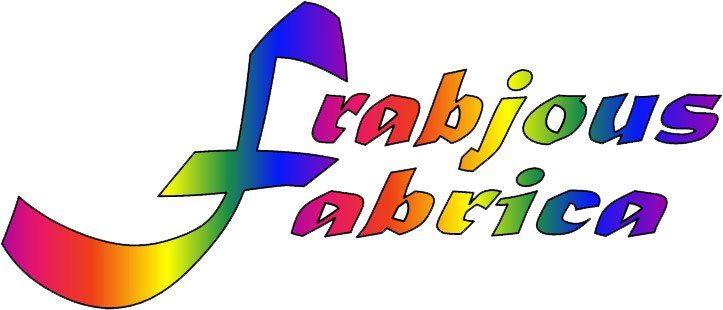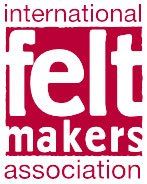
Glossary
Handmade Felt and Textiles made in Dorset by Ann Baseden
Felt: Or wet felt. Moisture and agitation is all that is needed to make felt, although the addition of soap will assist in speeding up the process. [The first time many people encounter felt making is when they shrink their favourite woolen garment by accidentally putting it in the washing machine!]
Felting needles: Originally made for machines making non-woven felt fabrics - the type which we use to make soft toys etc., and also much thicker felt for commercial or industrial uses. The needles have downward pointing barbs near their tips and as they are pushed into loose fibres these barbs “grab” the fibres and mat them together. They are used by artists to make dry felt by hand.
Needle felt: Or dry felt. Felting needles are used singly or in groups of two, three, four and so on up to twenty plus in a holder, although many artists often use them without a holder, to add fibres to fabrics of felt to add embellishments and also to create bas relief (2D) or fully three dimensional sculptural items. Dry felt can be made with natural and/or synthetic fibres which would not felt using the wet felt method.
Nuno: This is the name given to the technique of felting fibres into fabric.
Fibres can be felted on one side of fabric to the enhancement of both in fine lightweight items and stronger thicker items. To produce a strong thin felt, fibres can be felted into both sides of fabric.
Resist: Usually made of plastic of some sort, a resist is used between layers of fibre to prevent them felting together. This allows three dimensional items to be made, such as seamless clothing or accessories like bags. The use of multiple resists would allow, for instance, pockets to be made in such items.
Thread Painting: Hand sewn work using free embroidery stitches to create a painterly effect on any type of fabric.
Handmade Felt and Textiles made in Dorset by Ann Baseden




